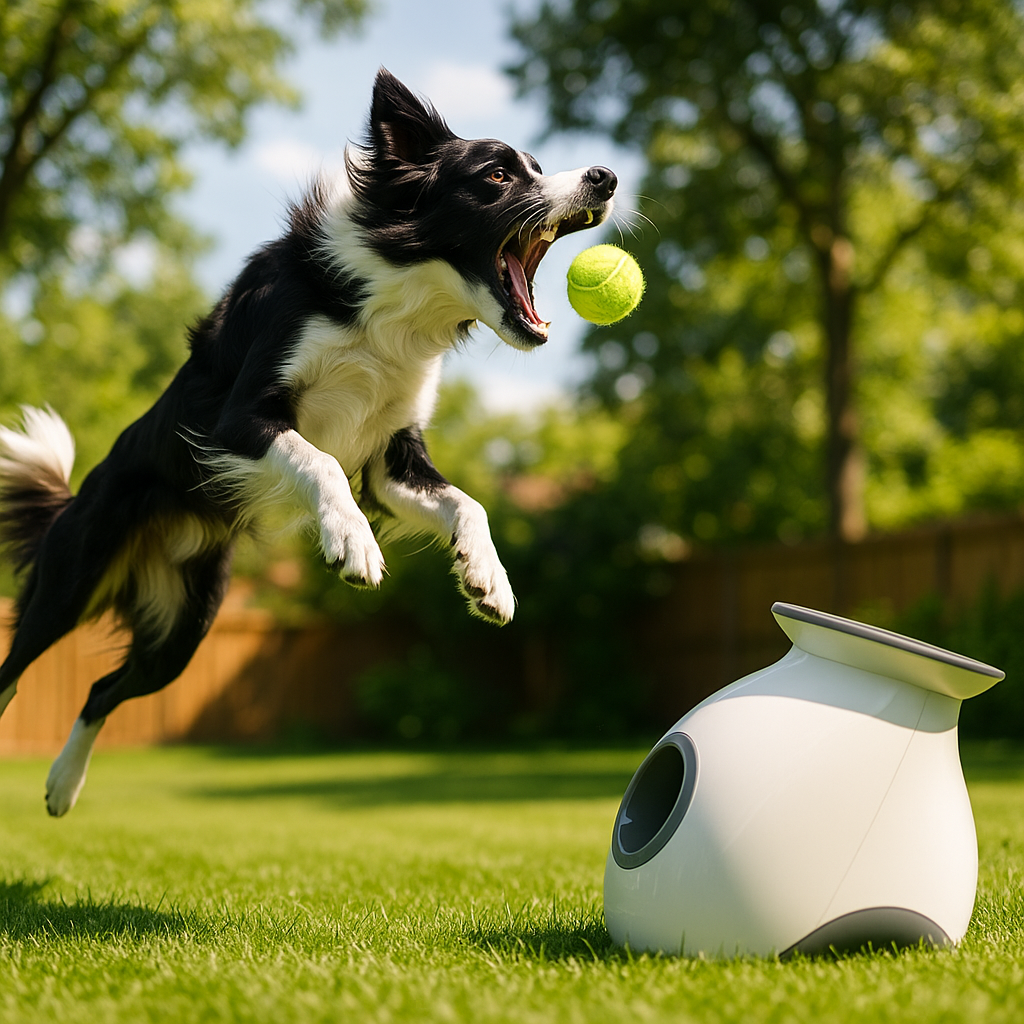Automatic Ball Launchers for Dogs: Are They Safe? A Guide to Training & Reviews
Share
For a high-energy, fetch-obsessed dog, an automatic ball launcher can seem like a dream come true. These devices promise endless fun and a great way to burn off excess energy, especially for owners with physical limitations. However, before you add one to your cart, it's crucial to understand that safe and healthy play depends entirely on proper training and awareness of the potential risks.
When used correctly, these machines can provide incredible physical exercise and fun. But without guidance, they can lead to overexertion or even injury.

The Question of Safety: What Experts Say
Veterinary physiotherapists and trainers caution that automatic launchers are not a "set it and forget it" toy. Here are the key considerations:
- Risk of Overexertion: Dogs, especially driven breeds like Border Collies, don't always know when to stop. A launcher can encourage them to play past their physical limits, increasing the risk of heat stroke, dehydration, and fatigue.
- Physical Strain: Repetitive, high-speed sprinting and sudden stops can put immense stress on a dog's joints and soft tissues, potentially leading to ACL tears or aggravating conditions like arthritis. Always play on soft surfaces like grass, never on hard pavement.
- Behavioral Obsession: Some dogs can become overly fixated or aroused by the launcher, which can lead to obsessive behaviors that are difficult to manage.
Training is Non-Negotiable
To use a launcher safely, you must train your dog. Most modern launchers, like those from PetSafe or GoDogGo, have built-in safety features like motion sensors that prevent launching if a dog is too close. Training reinforces this safety.
- Positive Introduction: First, let your dog investigate the machine while it's turned off. Reward their calm curiosity with treats.
- Acclimate to the Noise: Turn the machine on so your dog gets used to the sound it makes before launching. Again, reward calmness.
- Teach a Safe Position: Crucially, train your dog to stand to the side of or behind the launcher, never directly in front of the launch tube.
- Supervise and Set Limits: Always supervise playtime. Limit sessions to 10-15 minutes to prevent overstimulation and physical strain. Many launchers even have a built-in 15-minute rest interval.
An automatic ball launcher is a tool, not a replacement for interactive play with you. By prioritizing safety, implementing dedicated training, and using it in moderation, you can ensure it remains a fun and healthy part of your dog's exercise routine.
